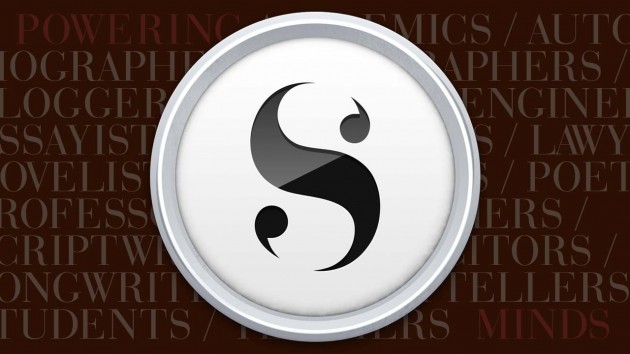In this blog I want to look at Scrivener — a software tool that changed my life as a writer, and which today I couldn’t do without.

What does a novelist or writer need in order to write? Comparatively little. Remember Shakespeare only needed a quill, ink and paper. And he did quite well with those tools. Some of our greatest writers of our time used only pen and paper. But today there are so many great tools we can use that make the process so much easier. So I’m always on the lookout for new technology that might make the process simpler and more efficient.
What is Scrivener? Well, you could call it a word processor, and it has all the functionality of a word processor, but lots more. What I love about it is that manages your manuscript in a different way to that of a traditional word processors, by breaking the manuscript down into manageable chunks — scenes, chapters and parts.
Each scene has a scene card associated with it, where you can use a heading and couple of lines of text indicate the contents of the scene on the card. And Scrivener allows you to toggle between, viewing scene cards (like a cork board), as traditional outline format, or as a continuous manuscript of the full text. Thus Scrivener encourages you to write in a scene structured way. And if you decide to change the order of the scenes you can simply drag and drop them into the new order. So as you write you can stand back from the detail to view the scene cards, or outline, to give you a helicopter view of your story structure.
Could you do the same thing in Word or some other word processor. Yes, possibly. But you might need to create perhaps up to 80 separate files for each scene and keeping track of them might be a nightmare. With Scrivener you can move from one scene to another in a click, and move scenes around just by dragging and dropping them.
You can also operate with a split screen, where you can have two scenes open on screen at the same time. So you could refer to your earlier scene as you write. Or you could use one of those screens to show your character and location templates or other research information in your research files.
There are also some important features about text handling, such as automatic backups of files. There is also an ability to take snapshots before editing a scene. So you can compare the edited version against the original, or rollback later if you’re not happy with the edit. Another feature is a floating scratch book that allows you to take notes as you go along. And there is an ability to attach notes, and labels to each scene card. For example, you might label each scene by the point of view (POV) character. This would enable you to view a collection of scenes as one document for each POV character.
Once you have completed your manuscript you can compile these scenes together and output the detail to a variety of different formats including, html, rtf, docx, doc, pdf, mobi and epub formats as required.
I could go on and on about the detailed features of Scrivener. There are many. And there are many good reviews of the software on the internet. But if you are interested it would make more sense to take up the free trial and look for yourself. There are also lots of you-tube videos that will give you a start on how to use it.
Are there any downsides to this software? If you want to use some of the most powerful features of the software then there is a learning process. And I’ve heard that some writers have been turned off by this. All I can say is in my case it was well worth the effort. I’ve been using Scrivener now since 2011 and I’ve published three eBooks and print books using it.
In the next blog, I will look at some of the other technology aids a writer can use to make themselves more efficient.

Sorry you didn’t feel it was necessary to allow my question or that it required a response, John. Keep touting scrivener.
Sorry, I don’t understand your comment. I saw your question yesterday and approved it when I saw it and tried to answer your question as best I could. My sites spam settings require prior approval of comments before logging. And for the record I object the word ‘touting’. I have no financial interest whatsoever in “Scrivener” or any other product on my blog other than my own novels. I just happen to like it. This blog and the following ones are designed to cover technology. Thought it best to start with Scrivener. The next blog will cover the planning tool “Plottr”.
Pingback: The writer’s toolbox (iii) | JMJ Williamson